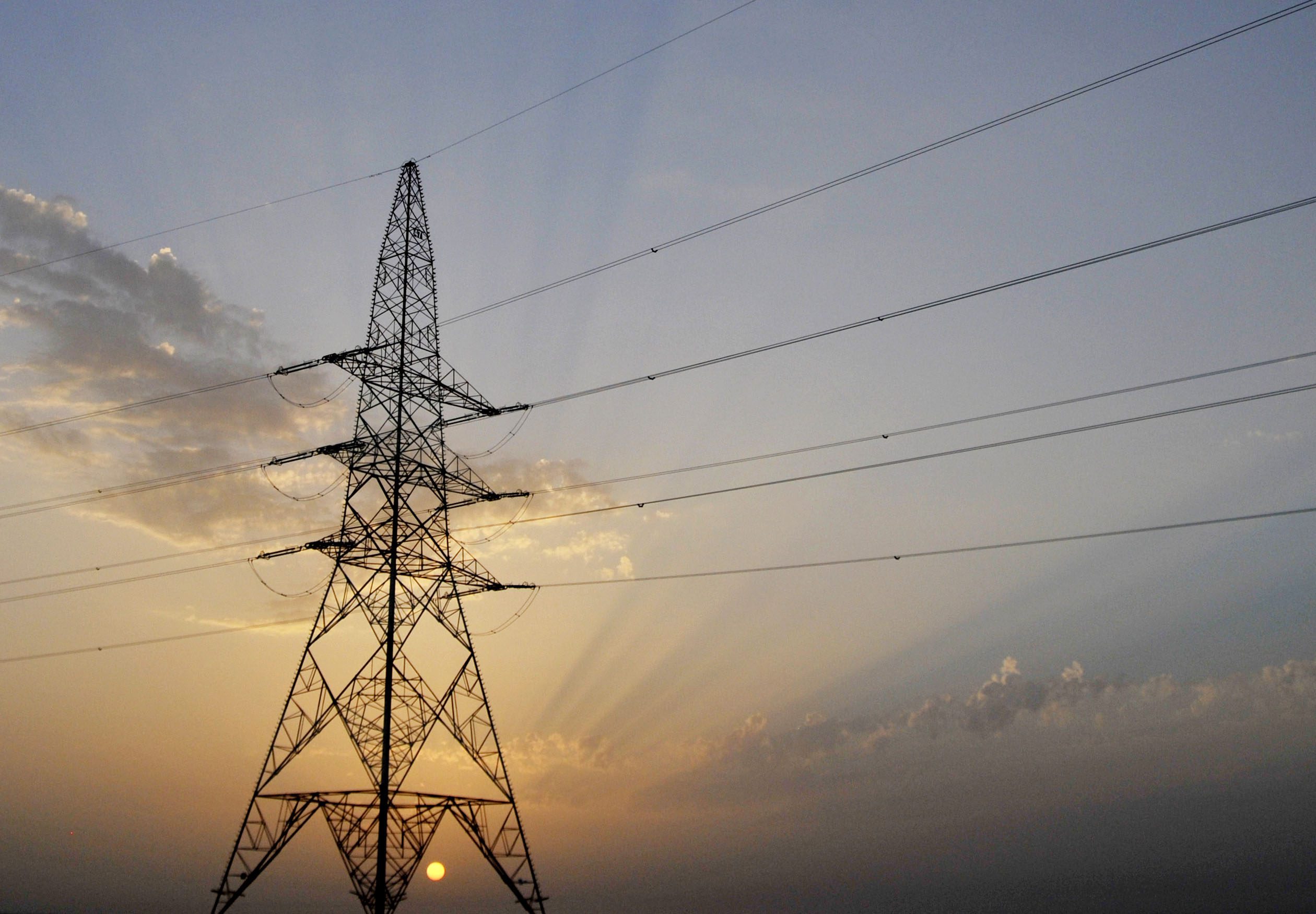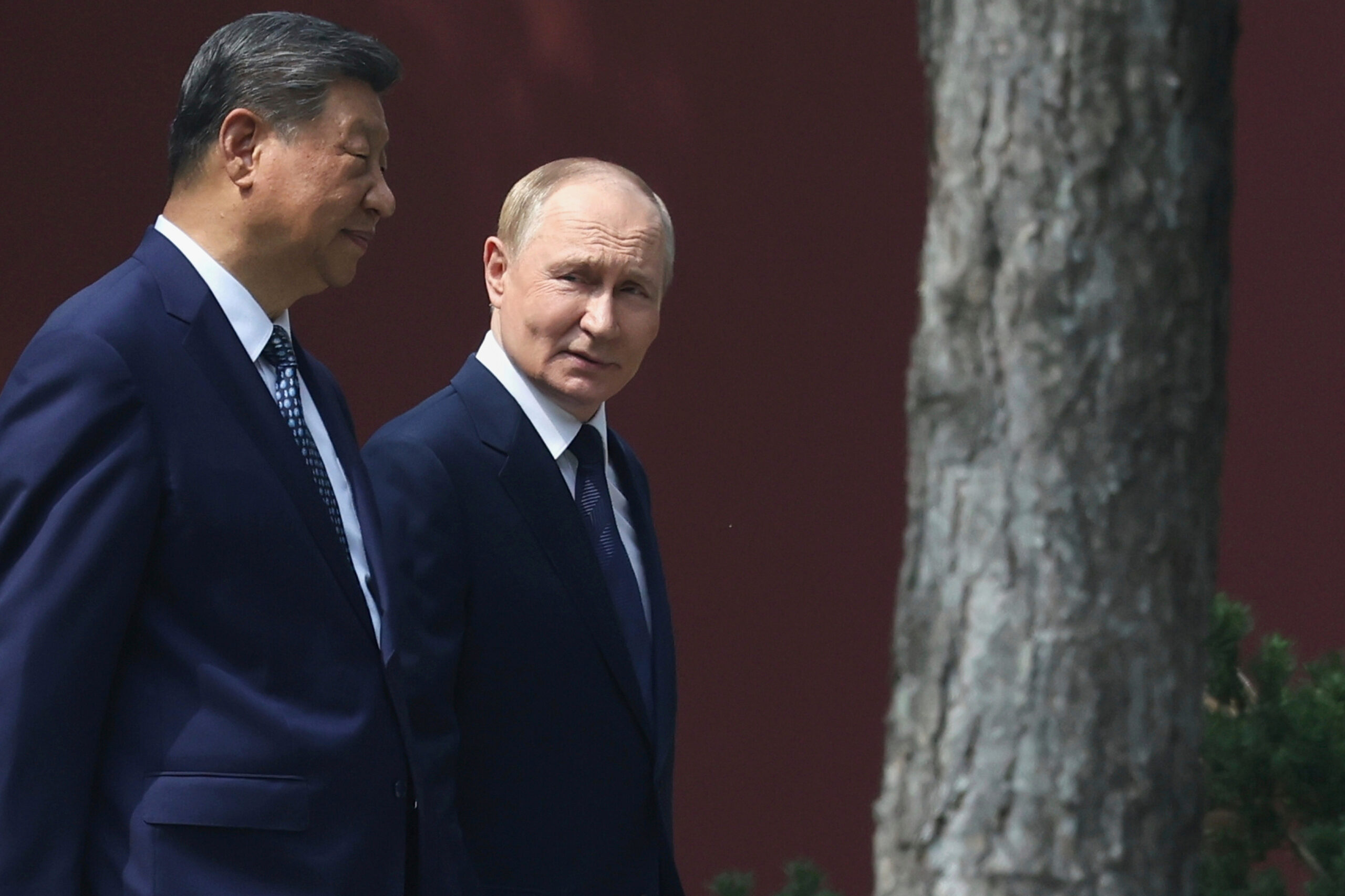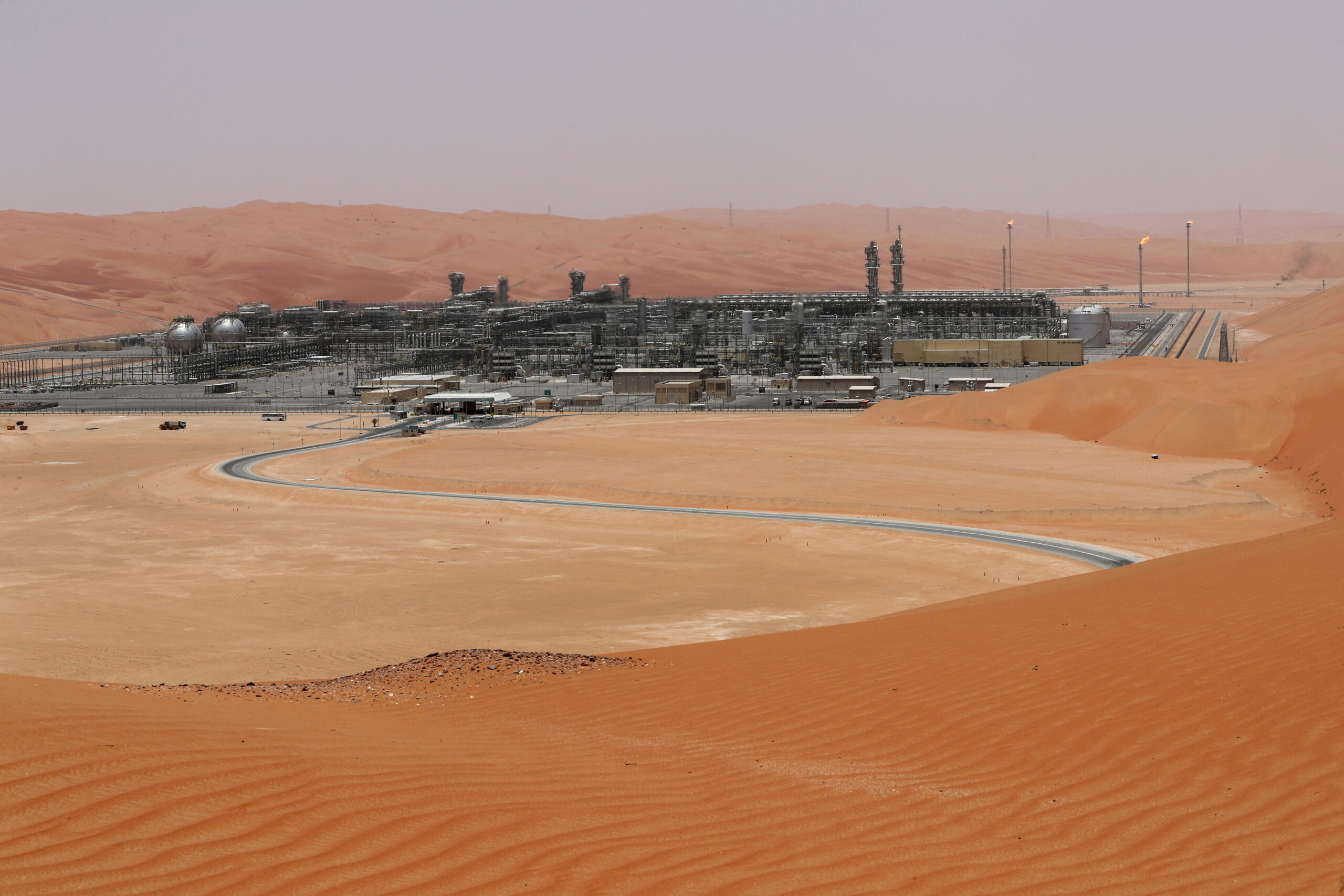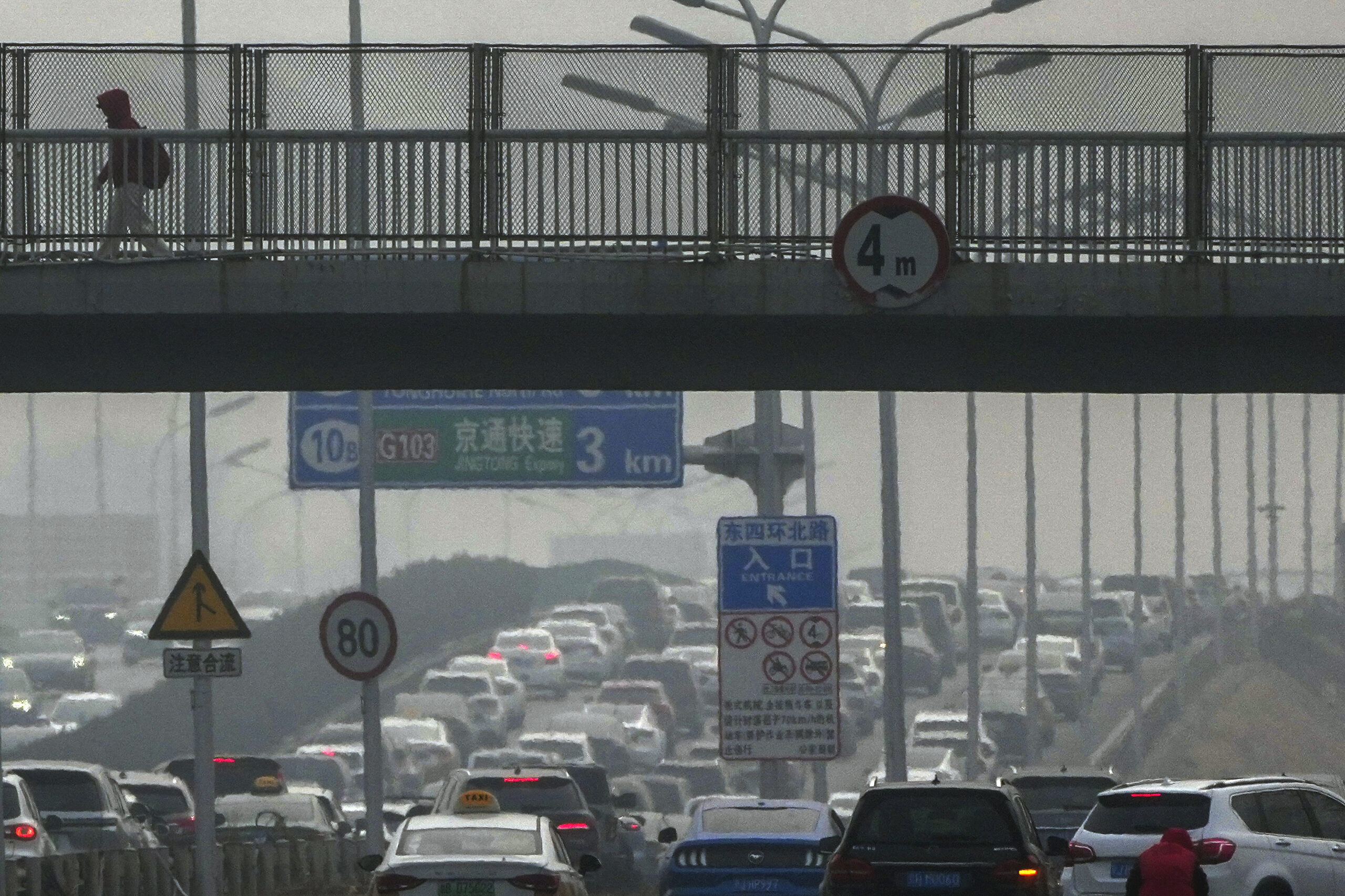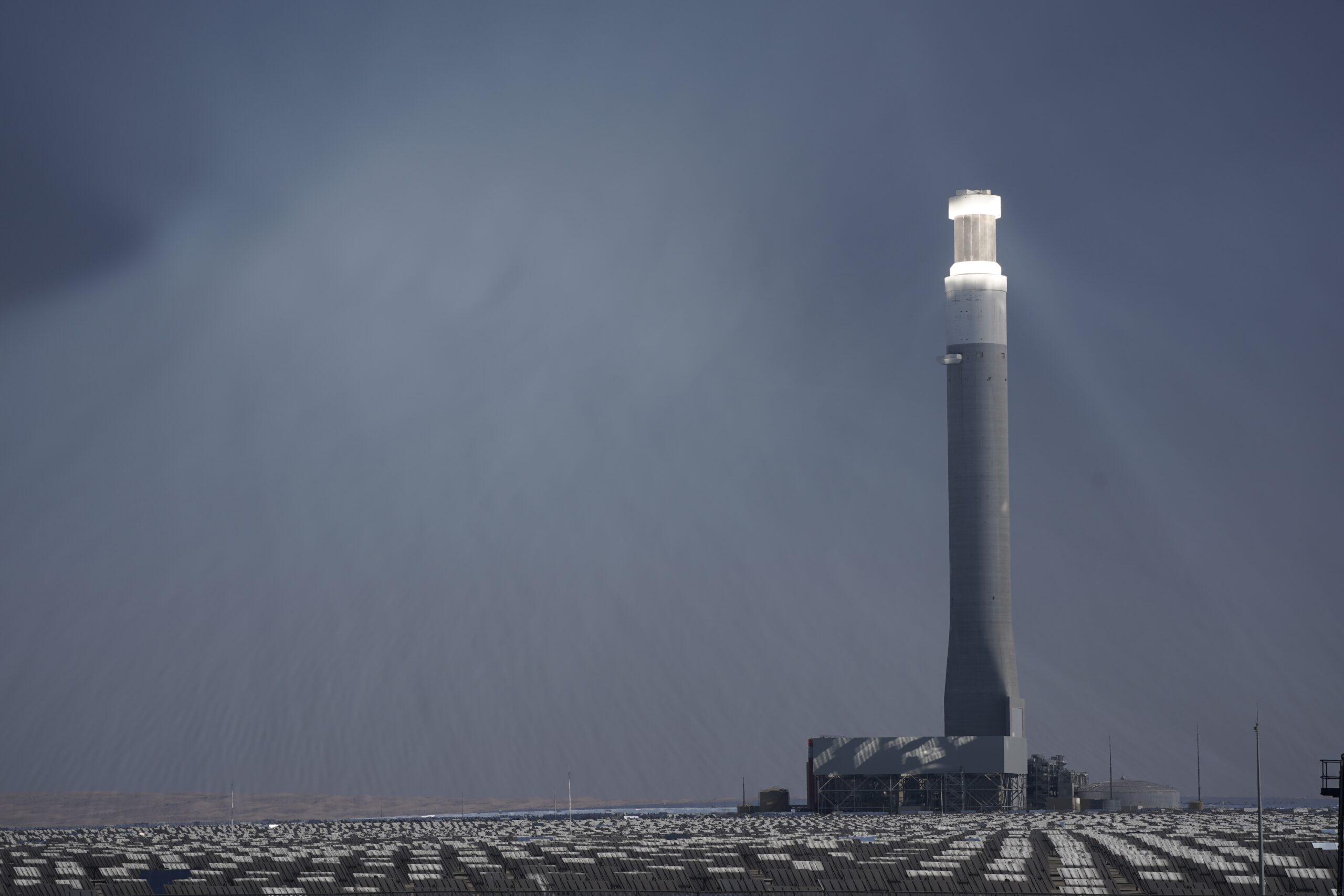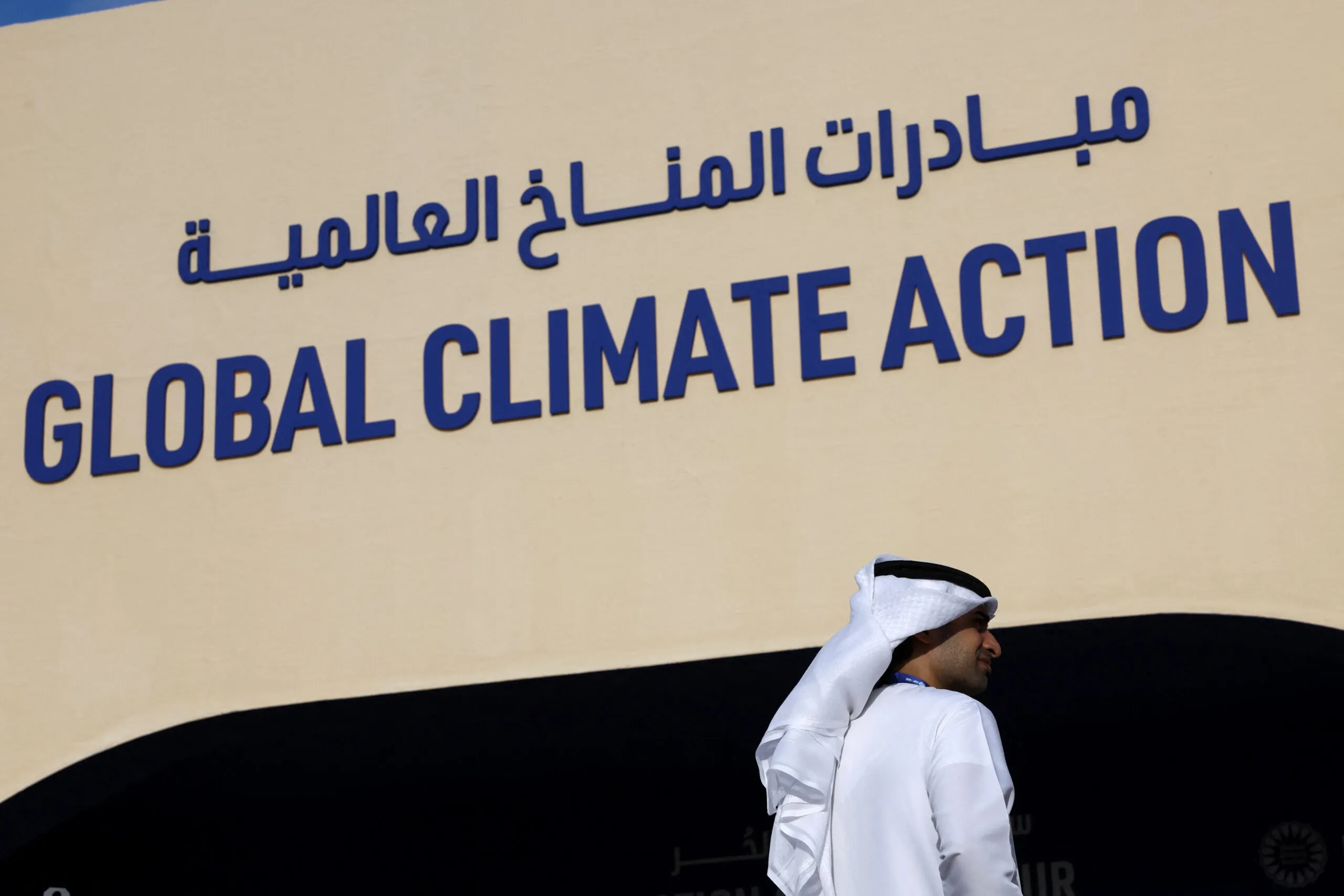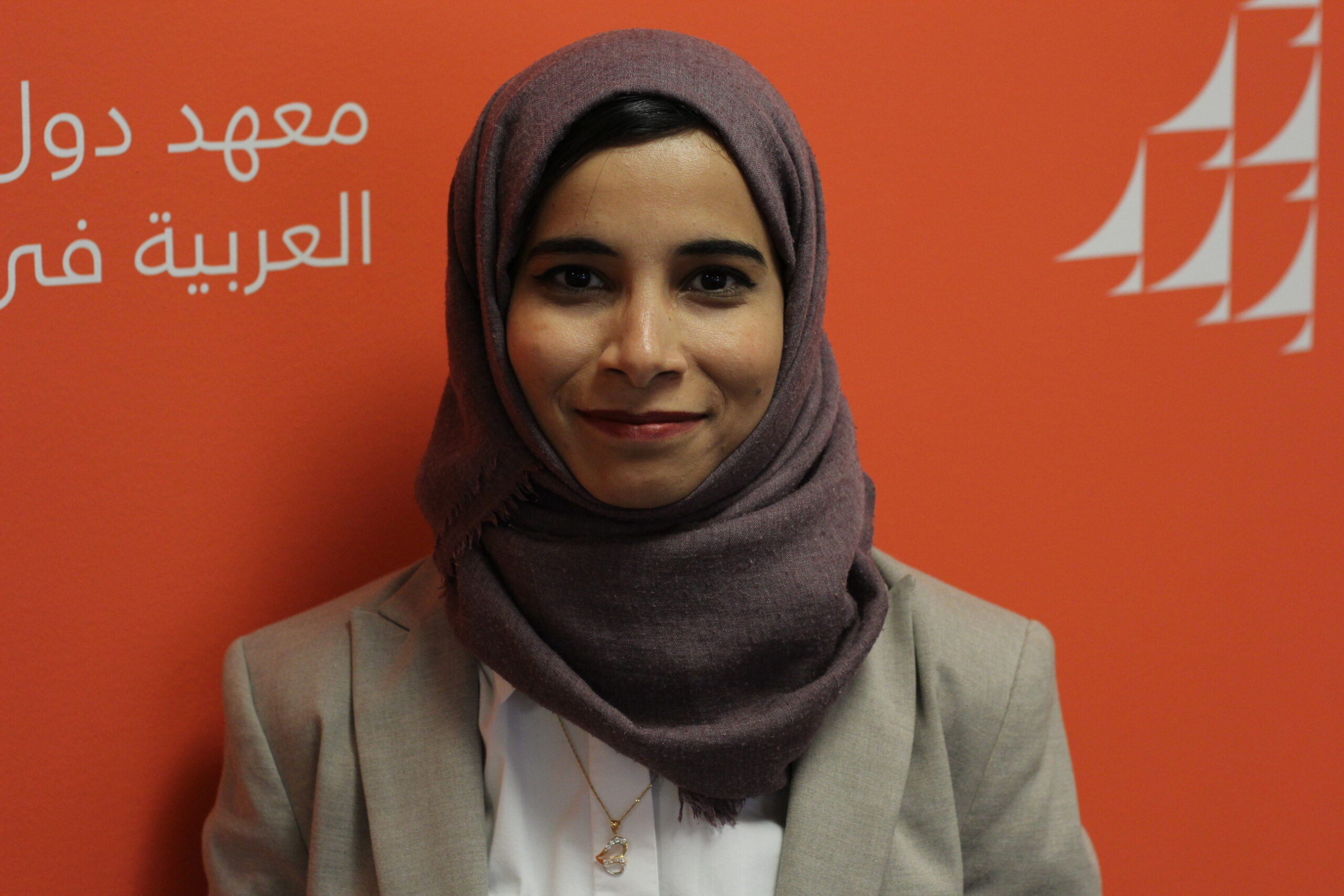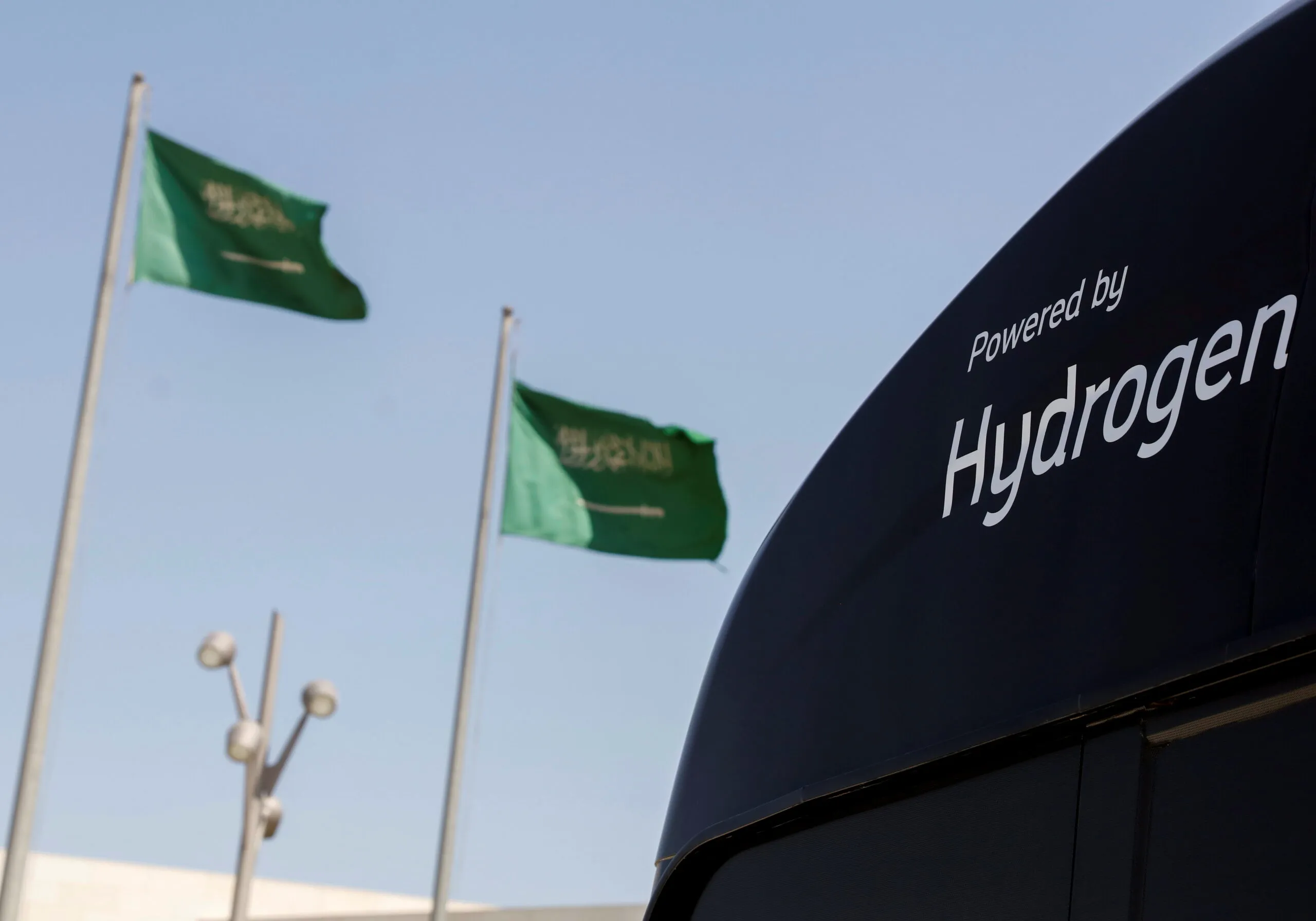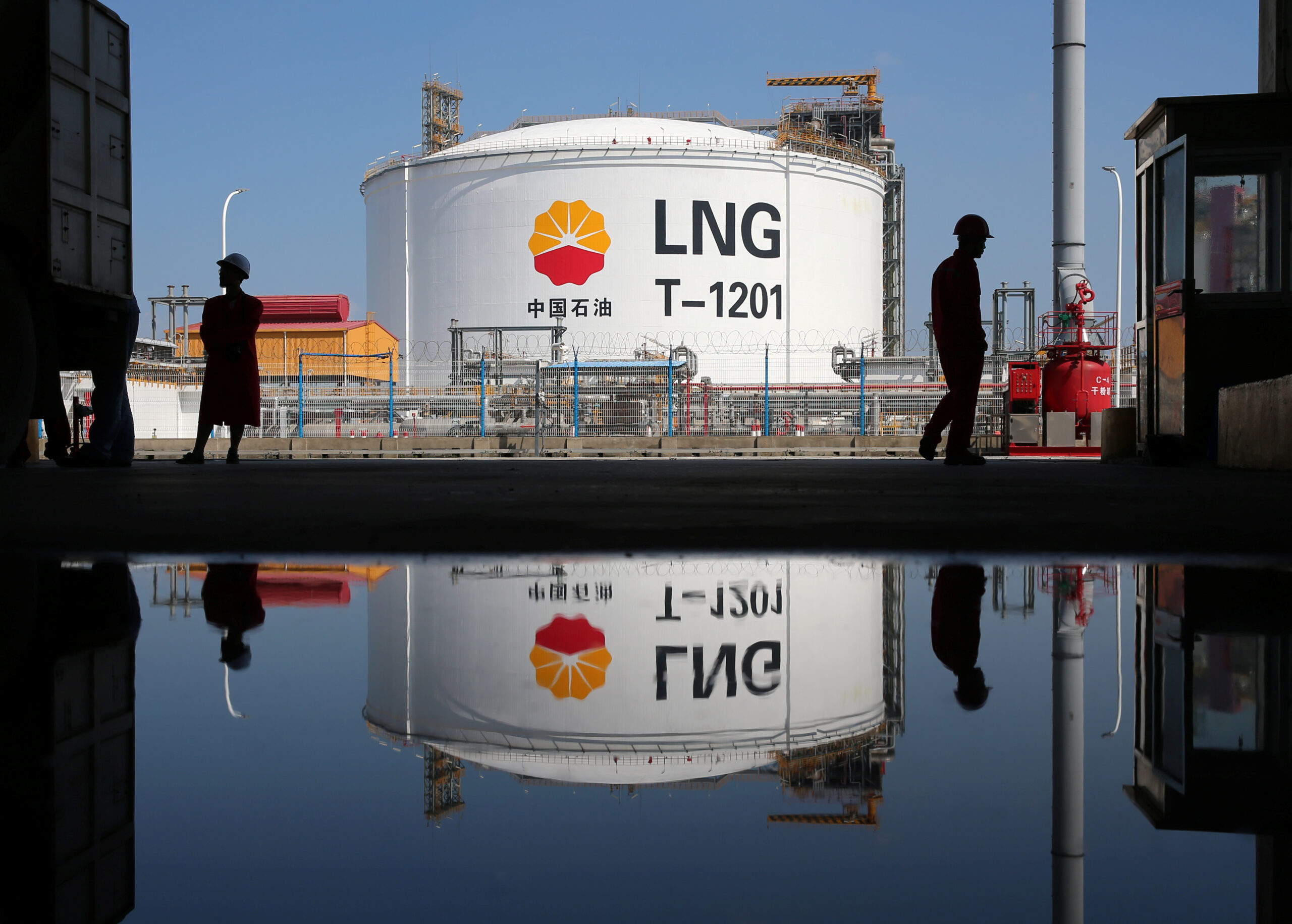Oil Producers Hammer Out Compromise Deal in Vienna; Extent of Cuts Unclear
Looking to boost oil prices, OPEC and its non-OPEC allies have agreed to curtail oil production by 1.2 million barrels per day, but the volume of barrels taken off the market may prove to be much higher.
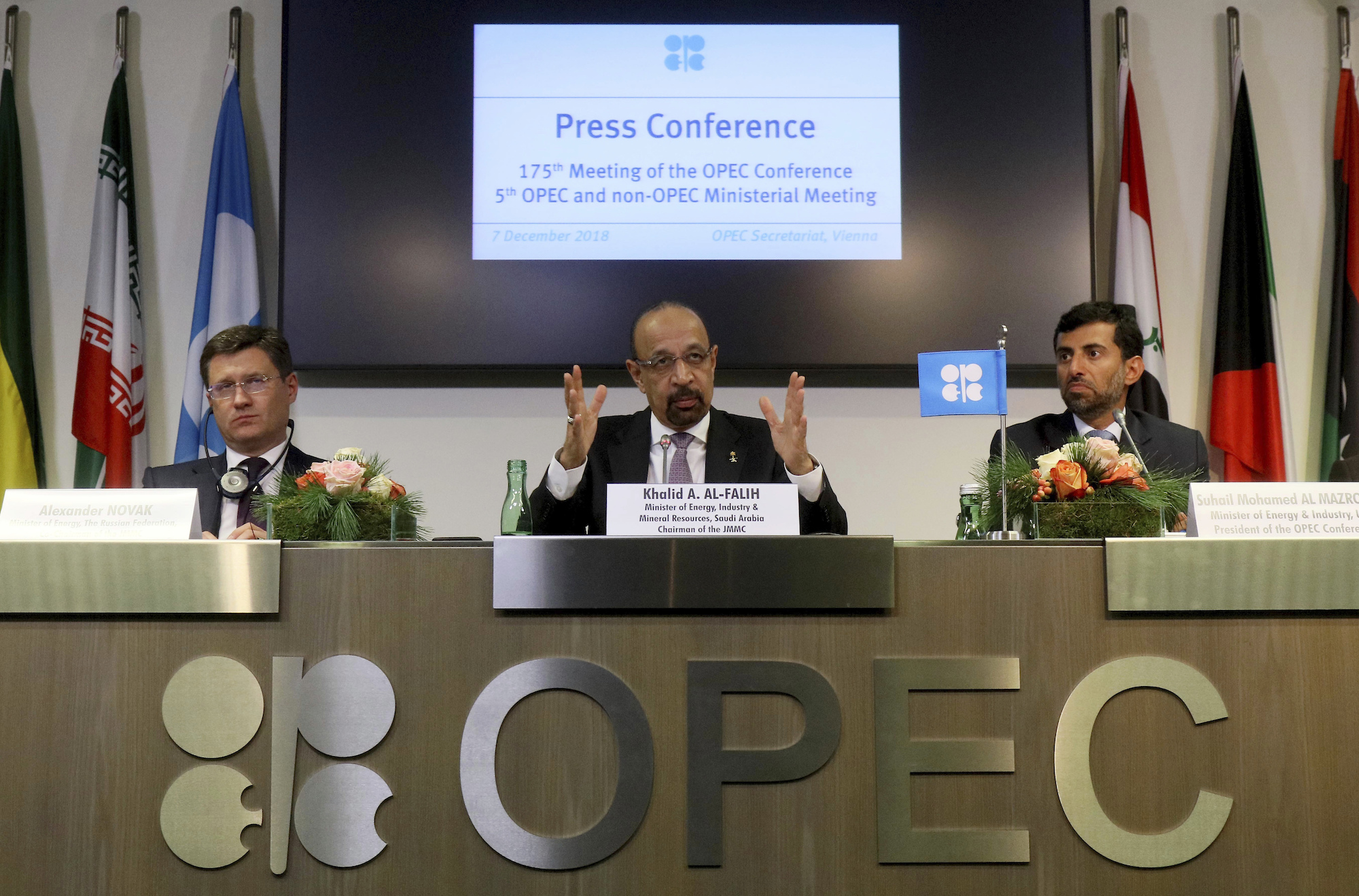
OPEC and its non-OPEC allies ended a protracted meeting over two days in Vienna December 7 with an agreement to curtail production by 1.2 million barrels per day (mb/d) from an October baseline. That at least was the headline number. A closer look at the accord and remarks by Khalid al-Falih, Saudi Arabia’s minister of energy, industry, and mineral resources, at the end of the meeting imply the cut may actually be deeper.
The 25 oil producers that are party to the December 2016 Declaration of Cooperation faced a tough task in the run-up to what turned out to be a nail biter of a meeting. Tweets by U.S. President Donald J. Trump urging OPEC to keep production high and oil prices low were just the opening act. Russia, Saudi Arabia’s key partner in the expanded producers’ club, was not fully convinced of the need for a steep cut in production while Iran, its oil exports now constrained by tough U.S. sanctions, wanted an exemption. It took some deft maneuvering by Russian Energy Minister Alexander Novak to convince his Saudi counterpart to grant Iran the exemption in order to secure a deal. Libya and Venezuela, already exempt from output restrictions, had their reprieve extended for a further six months despite declarations by Falih just days earlier that all producers would have to participate in any agreement to curtail output. The finale was the decision by Qatar, which has been a member of OPEC since shortly after its inception in 1960, to withdraw from the group in January 2019. Although it is one of the smallest producers in the group with current output of around 600,000 barrels per day (kb/d) of crude oil, its surprise decision is a blow to OPEC’s image and likely the most recent chapter in the ongoing saga of tensions between the gas-rich emirate and its Gulf neighbors.
OPEC’s share of the cut will be 800 kb/d with Saudi Arabia shouldering the biggest percentage, with the non-OPEC producers curbing their combined output by 400 kb/d. However, Qatari production is included in the baseline number for the cut, so the remaining OPEC members will have to make up the difference. Venezuela, whose output has been declining for months, is exempt from the cut agreement, as is Libya, where internal conflict has led to wild fluctuations in production. Additionally, uncertainty continues over the anticipated decline from Iran due to U.S. sanctions, suggesting that the volume of barrels taken off the market after January 2019, when the accord enters into force, may prove to be much higher. The United States has indicated that it is still targeting zero oil exports from Iran once the market stabilizes and prices come down, although it has granted temporary import waivers to eight countries in the meantime. Given all these variables, the actual cut could be roughly 1.5 mb/d or more.
Indeed, at the concluding news conference, Falih said that 1.2 mb/d was “a nominal, headline” number, a detail that seems to have been lost in translation since the media has not picked up on the implications of his remarks. Falih explained that had the producers left Vienna without a deal, the repercussions on oil markets and the industry at large would have been catastrophic in the early part of 2019 when supply would have outstripped demand.
Saudi Arabia produced 10.7 mb/d in October and raised output to 11.1 mb/d in November in anticipation of lower output from Iran after U.S. sanctions targeting the country’s energy, finance, and shipping sectors took effect. However, the unexpected decision by Washington to grant sanction exemptions to eight countries that import oil from Iran muddied the waters. The result was a mismatch between supply and demand as Saudi Arabia and its allies opened their taps. Saudi output has since come down in December and will likely decline to around 10.2 mb/d in January, Falih said. Demand was also lower as consumers stocked up on crude oil from Saudi Arabia and other producers in preparations for the U.S. sanctions against Iran, Falih added.
Predictably, Trump’s tweet and how it squared with the outcome came up during the question-and-answer session. Falih’s response was that he paid more heed to his conversations with consuming countries in the East, such as India, and their concerns than he did tweets from the White House. As a net oil exporter, the United States should welcome the decision that would stabilize markets and avoid oil price volatility that is damaging to the industry, he added. Falih quipped that he thought U.S. shale oil producers would be sighing with relief because OPEC was providing them with visibility for the coming year.
Prior to the start of the OPEC meeting, Falih met with U.S. Special Representative for Iran Brian Hook. Although the details of their discussion were not divulged, the assumption is that the U.S. official briefed the Saudi minister on U.S. intentions toward Iran once the waivers expire. Hook had told reporters en route to Europe that the United States expected the market to be better supplied in 2019, putting Washington in a better position to apply the sanctions fully and achieve its target of zero oil exports from Iran. He said the reason the United States had granted the exemptions in the first place was to prevent oil prices from rising. The surprise decision by the Trump administration to grant the waivers was one reason why OPEC found itself with much higher production in November and now has to make a deeper cut to balance the market.
Although the announced reduction of 1.2 mb/d is higher than the market had expected given the conflicting signals that preceded the Vienna meeting, the market’s reaction has been somewhat lukewarm. The price of benchmark Brent crude, which crept up slightly after the agreement was made public, was back below $60 per barrel on December 11.
What remains unclear is how Qatari production will factor into the cut. Qatar’s 600 kb/d production is included in the OPEC-15 baseline total for October, when secondary sources estimated that OPEC produced 32.9 mb/d. With Qatar due to leave the organization in January, it will no longer be bound by the Vienna agreement, though it would still be supplying the same volume of oil to the market and has little scope to raise its output much beyond the current level. The other parties to the agreement will therefore have to make deeper cuts to achieve the 800 kb/d target, though it is assumed that Saudi Arabia will account for the largest share. There were no set allocations for each country nor was there mention of the exemptions in OPEC’s final communique, which was kept deliberately vague.
The volume to be taken off the market in the first half of next year is still below the expected rise in non-OPEC production, mostly of U.S. shale oil, which is estimated to grow by 1.9-2.4 mb/d in 2019, according to the International Energy Agency’s latest Oil Market Report. This is more than enough to meet demand, which OPEC expects will grow by 1.29 mb/d, lower than the IEA’s estimate of 1.4 mb/d.
The question now is whether Saudi Arabia would be prepared to act as swing producer (a role it does not relish though it has often in the past tweaked production up or down to balance markets) should the agreed cut prove insufficient to lift prices to levels that would meet the budgetary needs of its oil producing partners.
The views represented herein are the author's or speaker's own and do not necessarily reflect the views of AGSI, its staff, or its board of directors.



